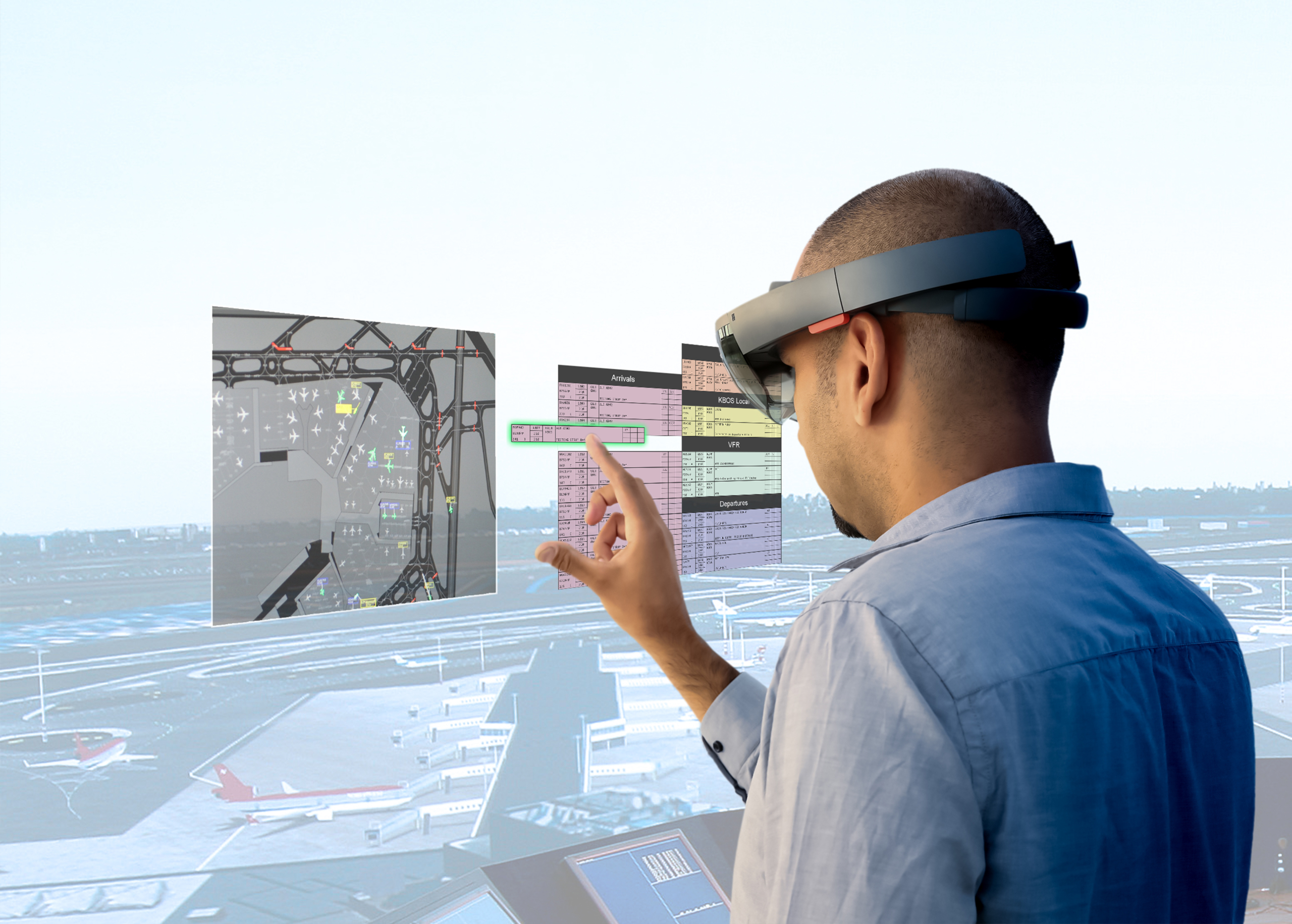A nursery for new technology
Programme leader Harmen van der Ven on the Emerging Technologies knowledge programme
New technologies can change our world drastically, and that can affect aviation too. But how can we make the best use of that technology in aerospace? What are the opportunities and what are the risks? That is what NLR’s Emerging Technologies knowledge programme is looking at.
What exactly is the Emerging Technologies knowledge programme?
“This programme is the nursery for new technology at NLR. We keep a close eye on innovations. If something is relevant for aerospace, we will experiment with it further. Sometimes it will involve completely new technology and sometimes it will be new applications of existing techniques. This programme is about curiosity, experimentation and creativity – the cornerstones of innovation.”
About the programme leader
Harmen van de Ven is a senior scientist and the programme leader for the Emerging Technologies programme. He was trained as a mathematician and has been working at NLR for thirty years now.
“I’m an extremely inquisitive person,” he says with a smile, “which you need to be for this role.” “I meet all kinds of different people, both inside and outside NLR. It’s brilliant to listen to all their new and innovative ideas and learn from them.”
What are the key emerging technologies at the moment?
“There are two major themes taking up our time right now: we’re doing various projects that involve artificial intelligence, of course, and we’re also looking closely at quantum technology. Those are technological areas that are a hype, to some extent – everyone’s talking about them. But that makes it all the more important for an institute such as NLR to know all the ins and outs. That lets us explain properly to interested parties just what the value of a particular technology is. That’s our role in society.”
“At the moment, for instance, we’re tackling a quantum technology project for the Defence Department. There are various applications that could be interesting for them. A quantum camera could let you look around a corner, for example. And a quantum radar would let you see everything, even F-35s that are supposed to be invisible to radar. On top of that, other quantum tech could be used to let you measure easily where you are, without relying on GPS. In the future, that could mean that the military is no longer dependent on satellites. Devices like those don’t exist yet, but it’s important to do research into the possibilities.”
“Additionally, we’re also involved with less familiar technological ideas. We’re doing research into materials such as graphene, which is extremely thin, very strong and able to conduct electricity. That makes it suitable for various applications, including some in aerospace.”
“We also keep an eye on developments that could lead to interesting innovations in the longer term. It would be wonderful if we could transport electricity wirelessly through the air. That’s already being done – take the idea of recharging an electric car using a coil embedded in the road. There are experiments being done at the minute with longer distances. Whether that will ever be possible for an aircraft flying at an altitude of ten kilometres is a different question, though. No matter how experimental they are, these studies can yield important information about new energy carriers.”
“This programme is about curiosity, experimentation and creativity – the cornerstones of innovation.”
Focusing on innovation
“Every year, the Emerging Technologies programme puts together a list of innovations that we want to keep an eye on and that we want to get down to work with. We’re looking for a structured way of going about innovation. The list helps us to do that. It lets us set up and define projects with targets in mind. On the other hand, innovation isn’t always controllable, of course. We’re looking for the right balance between ad hoc developments and a structured approach.”
“That’s why I think it’s very important that we give our staff even more scope and inspiration within NLR to work on innovation. In addition to their daily activities, staff should get the time and resources to bring their ideas to fruition.”
“As well as the internal innovation culture, it’s crucial that this should be made clear to the parties we work with. We can’t do research into developments like quantum technology on our own – it’s such a big theme. That makes it important to collaborate with other centres of expertise such as TNO and the universities.”
The linking factor
“The Emerging Technologies programme collaborates a lot within NLR with the other programmes. We carry out the first experiments with new technologies – I see it as a kind of nursery – and then the other programmes get down to work with specific applications. Doing it like that also generates collaborative ventures with industry, for instance. We create the social impact together. Without that nursery, there’d be no concrete results.”
What are the next steps for the programme?
“The current strategy period runs until 2025. By then, I’d like to have set up a properly demarcated process for innovation at NLR. This programme is letting us define guidelines for deciding what innovations we’d like to study further and how to approach them. To do that, it’s important that we design this process together with the staff and that everyone is squarely behind it. On top of that, we also have contacts with companies, centres of expertise and the authorities about exploring the tech and shaping the whole innovative process. It’s interesting for aerospace innovation, as well as for other sectors, of course. That will let us achieve the best results together.”
Read more about all the NLR knowledge programmes.

